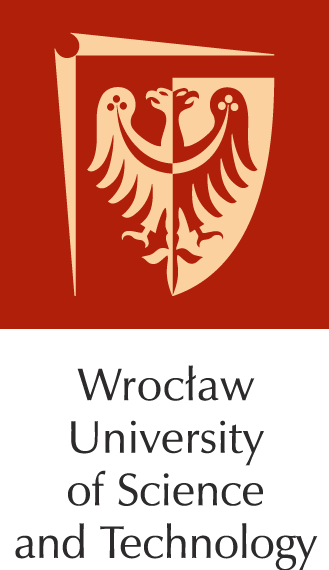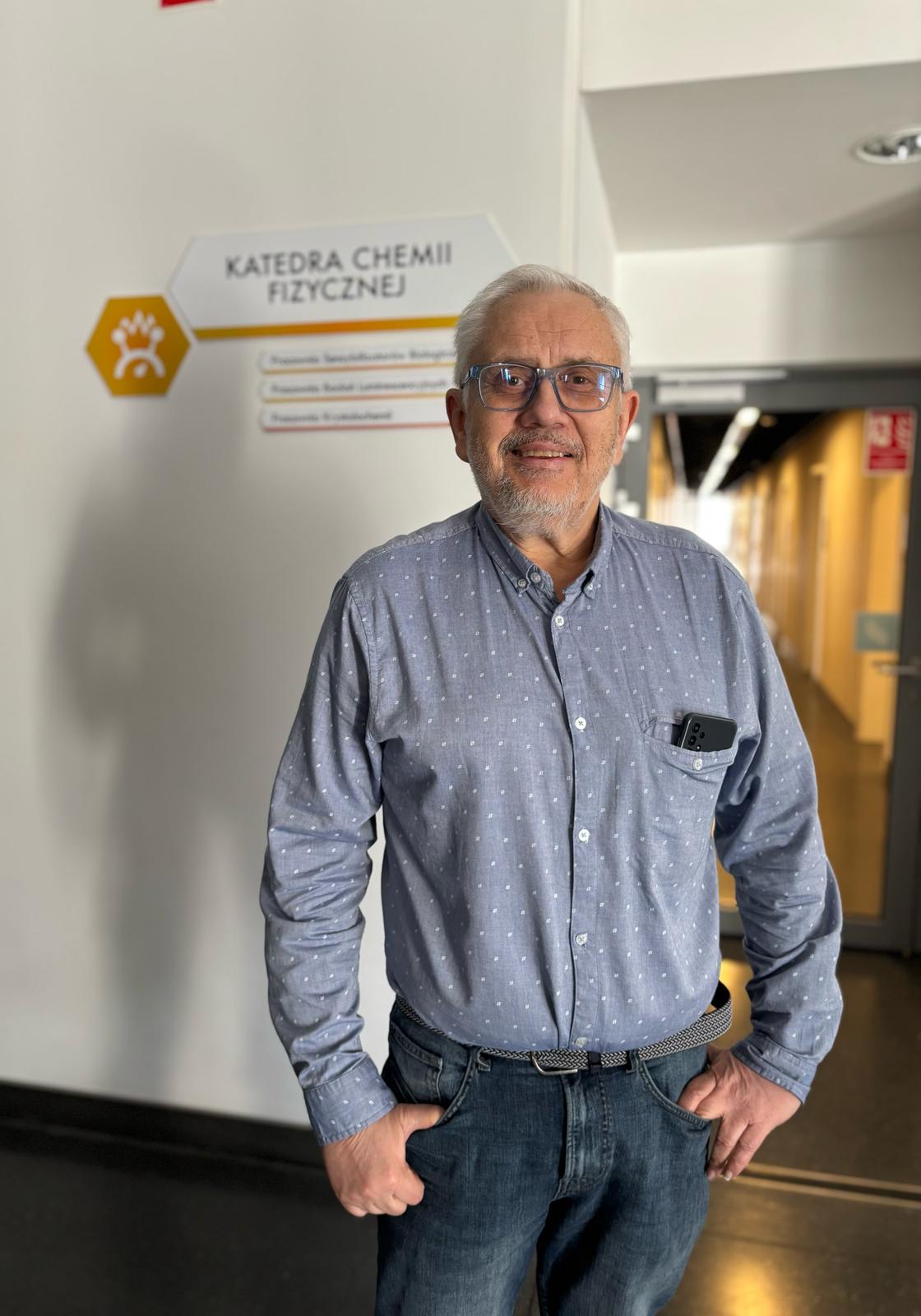
Presentation topic
Radiosensitizing nucleosides. Experimental and theoretical studies.
Research Focus
Janusz Rak is a Polish professor of chemistry specializing in theoretical and physical chemistry. He leads the Biological Sensitizers Laboratory at the Faculty of Chemistry, University of Gdańsk. His scientific interests include quantum chemical investigations of electron-induced DNA degradation, long-range electron transfer in this biopolymer, and theoretical-experimental studies on DNA sensitization to UV photons and ionizing radiation.
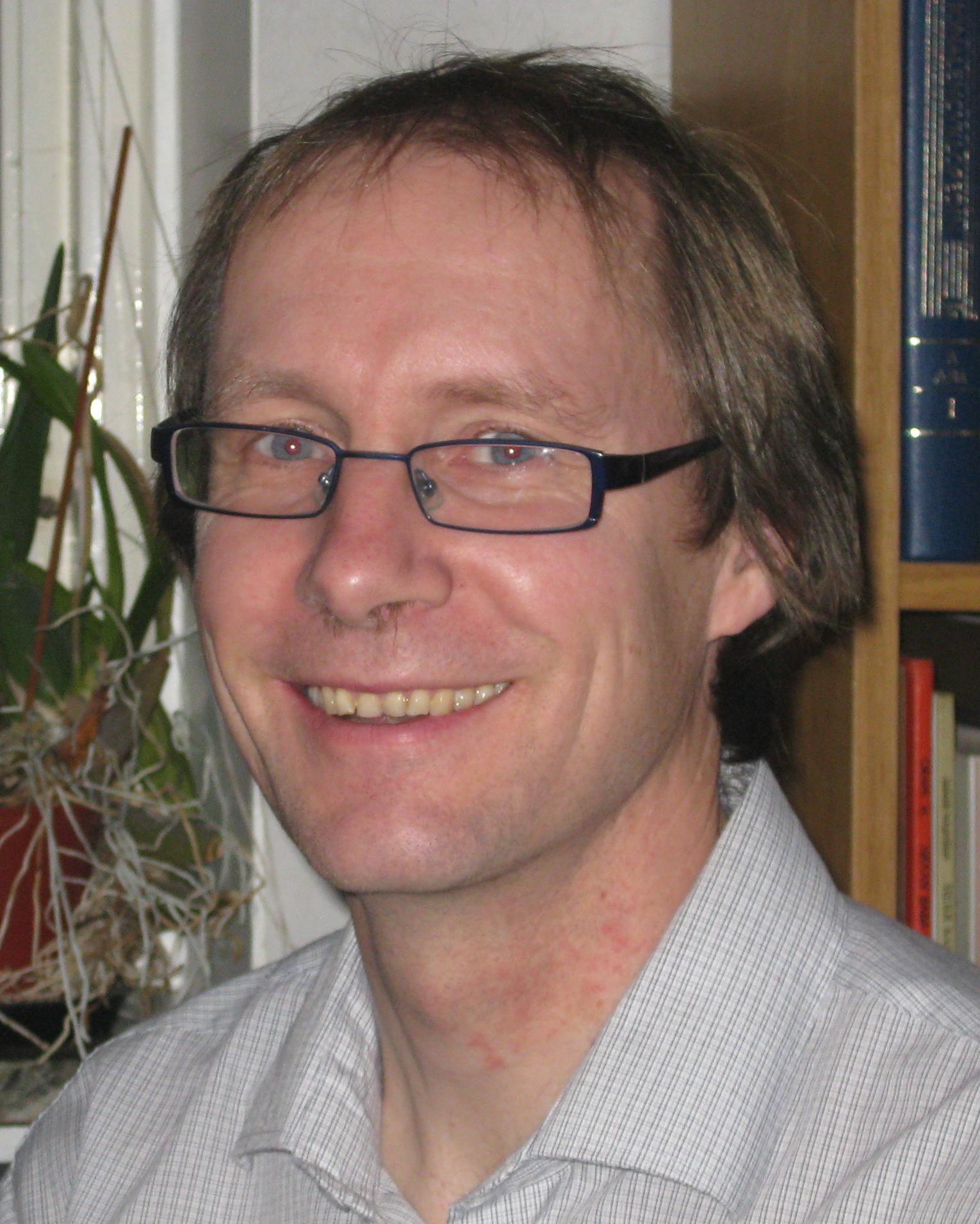
Presentation topic
QM/MM studies of the reaction mechanism of nitrogenase
Research Focus
Ulf Ryde studies the structure and function of proteins, in particular metalloproteins, such as nitrogenase, particulate methane monooxygenase, lytic polysaccharide monooxygenase, superoxide dismutases and hydrogenases. He has developed combined quantum mechanical and molecular mechanical (QM/MM) methods for an accurate treatment of environmental effects, and combinations of QM/MM with experimental approaches, such as X-ray and neutron crystallography, and cryogenic electron microscopy. He also studies and develops methods to calculate ligand-binding affinities, in particular free-energy perturbation.
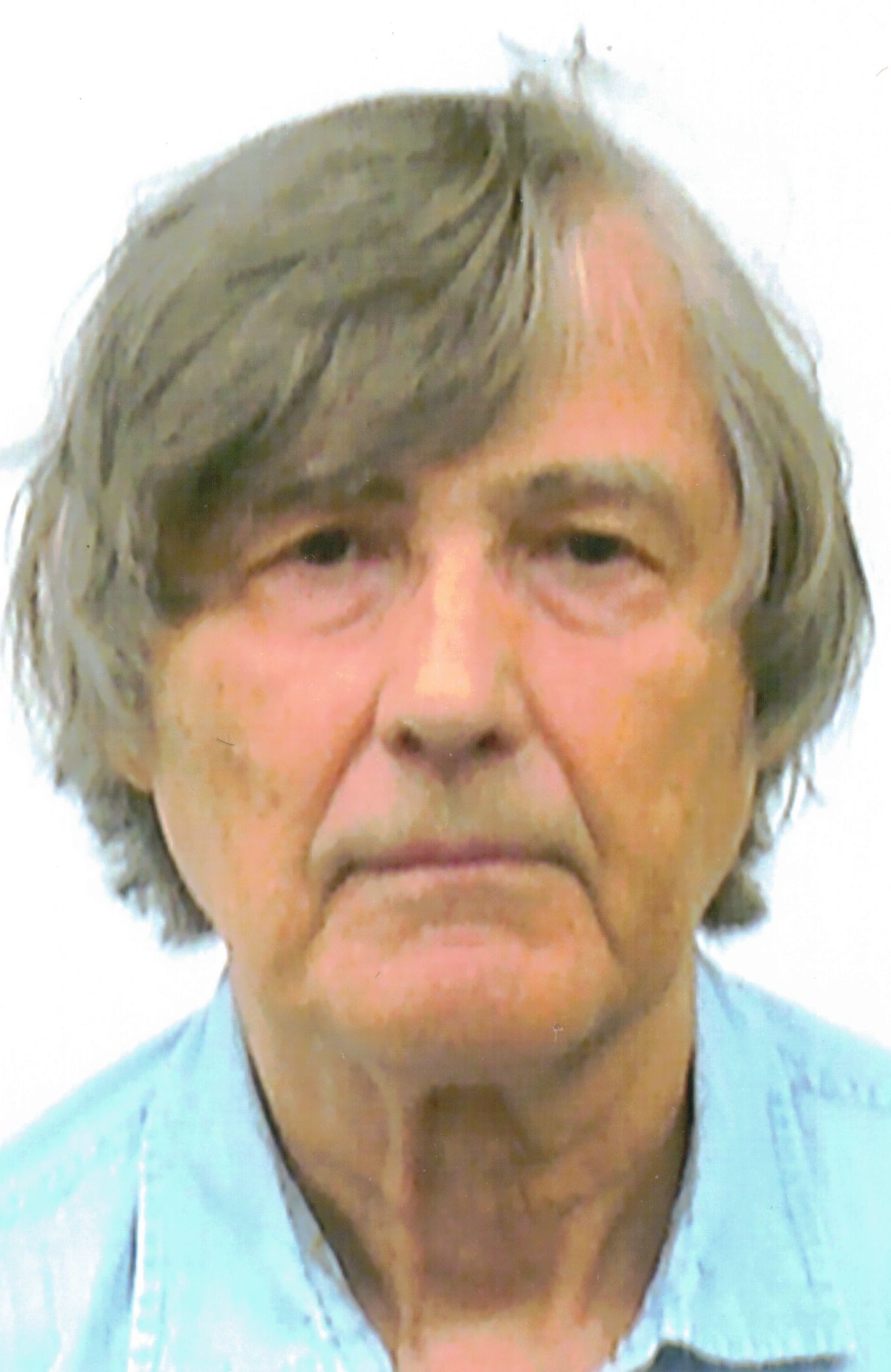
Presentation Topic
New life for “classical” force fields in the age of machine learning
Research Focus
Our research group primarily focuses on the study of intermolecular interactions. We have developed perturbative approaches to describe these interactions, known as symmetry-adapted perturbation theory (SAPT). The SAPT software, created by our team, is currently utilized by nearly 400 research groups worldwide. Additionally, we are interested in ultra-precise calculations for small molecules using explicitly correlated functions. This approach yields benchmark correlation energies, setting accuracy standards for other theoretical methods and achieving the highest possible agreement with experimental results. (Content adapted from Prof. Szalewicz’s website https://www.physics.udel.edu/~szalewic/)

Presentation Topic
Crystal Math: Rapid prediction of molecular crystal structures using data-derived topological and simple physical descriptors
Research Focus
Mark Tuckerman obtained his B.S. in physics from the University of California at Berkeley in 1986 and his Ph.D. from Columbia University in 1993, working in the group of Bruce J. Berne. From 1993-1994, he held an IBM postdoctoral fellowship at the IBM Forschungslaboratorium in Rüschlikon, Switzerland in the computational physics group of Michele Parrinello. From 1995-1996, he held an NSF postdoctoral fellowship in Advanced Scientific Computing at the University of Pennsylvania in the group of Michael L. Klein. He is currently Professor of
Chemistry, Physics, and Mathematics at New York University. His research program spans a variety of topics including development of free-energy based enhanced sampling tools for predicting the conformational equilibria of complex molecules, exploration of structure and polymorphism in molecular crystals, simulation studies of electrolyte liquids for clean energy applications, development of machine learning models for electronic structure theory and statistical mechanics applications, and path-integral methods for quantum dynamics. Honors and awards include the Japan Society for the Promotion of Science Fellowship, the Friedrich Wilhelm Bessel Research Award from the Alexander von Humboldt Foundation, the Camille Dreyfus Teacher-Scholar Award, an NSF CAREER Award, and the NYU Golden Dozen Teaching Excellence Award, the Andreas C. Albrecht Lectureship from Cornell University, the Kennedy Lectureship from Washington University, the Institute Lectureship from the Indian Institute of Technology, Kanpur, where he is now Distinguished Visiting Professor, election as a Fellow of the AAAS, a Dreyfus award for Machine Learning in the Chemical Sciences and Engineering, an Einstein Fellowship from the Einstein Stiftung Berlin, a CNRS Fellowship, and the Linett Professorship from the University of Cambridge. He is the Principal Investigator of the Simons Center for Computational Physical Chemistry at New York University and former Chair of the Department of Chemistry at NYU.
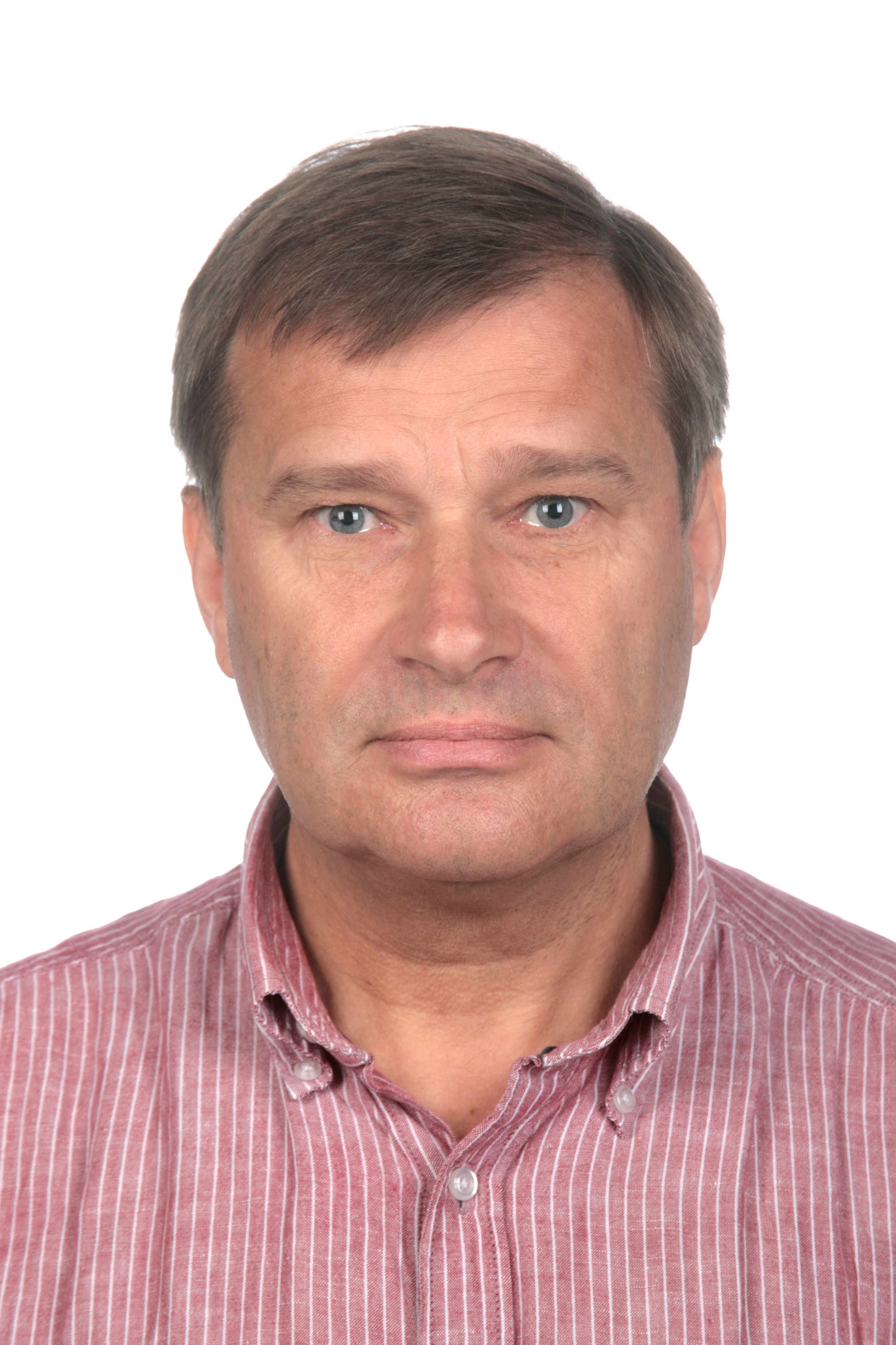
Presentation Topic
Extending the domain of applicability of Frozen-Density Embedding Theory based methods to chromophore-to-solvent charge transfer excitations
Research Focus
Our main research interest concern multi-scale simulation methods based on Frozen-Density Embedding Theory (FDET). FDET provides the exact relations between the total energy given by the Hohenberg-Kohn density functional, the embedded wavefunction, the embedding potential, and the electron density used as the only and complete descriptor of the environment of the embedded species (see [Phys. Rev. A, vol. 77, 012504 (2008)] and the subsequent works). We developed approximations for FDET-based methods and apply them to model spectroscopic properties (one- or two-photon absorption properties, electric field gradient, EPR spectra, etc).
Invited speakers
H. Agren — Wrocław Tech, Poland
J. Burda — Charles Univ, Czech Republic
T. Cierpicki — Univ Michigan, USA
T. Clark — Univ Erlangen, Germany
P. O. Dral — Xiamen Univ, China
A. Eilmes — Jagiellonian Univ, Poland
J. Grembecka — Univ Michigan, USA
B. Grzybowski — UNIST, South Korea
J. Harvey — KU Leuven, Belgium
P. Imhof — Univ Erlangen, Germany
O. Isayev — Carnegie Mellon Univ, USA
J. Korchowiec — Jagiellonian Univ, Poland
Z. Lan — South China Normal Univ, China
K. M. Langner — Google Deep Mind, USA
A. Michalak — Jagiellonian Univ, Poland
T. Martinez — Stanford Univ, USA
V. Moliner — Castellon, Spain
P. Piecuch — Michigan State Univ, USA
J. Rak — Gdansk Univ, Poland
U. Ryde — Lund Univ, Sweden
K. Szalewicz — Univ of Delaware, USA
M. E. Tuckerman — New York Univ, USA
T. Wesolowski —Univ Geneva, Switzerland
